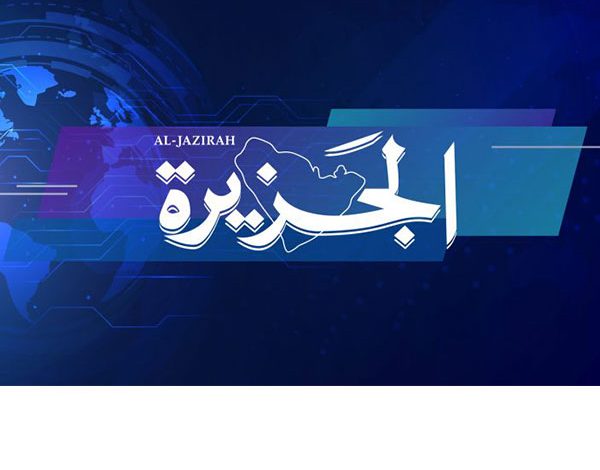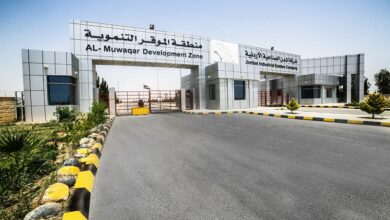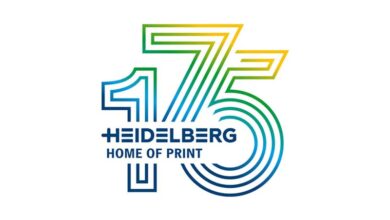Al Jazirah Saudi to Invest in a New Digital Center

Al Jazirah Corporation for Press, Printing and Publishing held its 68th annual general assembly under the chairmanship of Mr. Abdul Rahman bin Ibrahim Abu Hamid.
During the meeting the board gave green light for the implementation of a new “Digital Investment Center and Entertainment Project”. The establishment of the new center is in line with Kingdom’s vision 2030.
The center’s strategy is based on enabling a culture of creativity in the work environment, while changing the basic components of work, including infrastructure, operating models, and marketing services and products.
The strategy also focuses on improving efficiency, reducing spending, searching for new financial resources, and implementing new services to ensure access, coverage and impact.
The center will develop, manage and invest all digital media products on the Internet, social media and other emerging digital means, while offering tools for monitoring, media analysis, opinion polls, create and manage content, manage third party accounts, and prepare specialized files.
The center will offer services and products for interested parties which include:
* Managing social media accounts
* Infographic
* Motion graphics.
* Media monitoring and analysis
* Polls
* Audio podcast
* Video and audio interviews
* Illustrated local reports with graphics
* Short videos
The center also boasts an independent marketing unit which will be responsible to source new advertising income sources, and also visual content production unit which will provide visual content.

.gif)




102 Comments